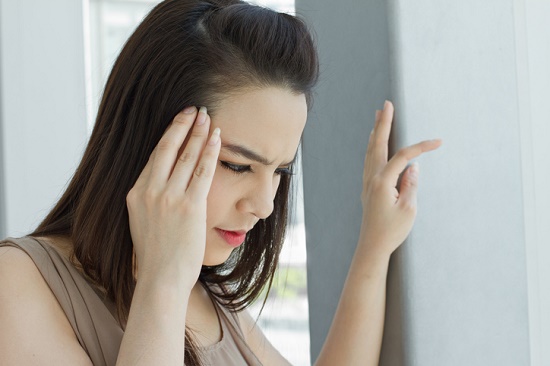
A balance disorder is a condition that makes you feel dizzy or unsteady, creating the sensation of spinning or floating or moving. And although short or minor episodes of dizziness are common and no cause for worry, more serious sensations of spinning (vertigo) or long term dizzy spells should be evaluated.
On top of dizziness, you may also experience other symptoms like nausea, a change in heart rate, anxiety, or panic. Again, if these symptoms are especially extreme or extended, it’s a good idea to seek out professional care.
The types and causes of balance disorders are varied, but before we get to that, let’s briefly review how the body normally maintains its sense of balance.
How the body keeps its balance
We take our body’s capacity to maintain balance for granted because it customarily operates effortlessly behind the scenes. But when you think about it, maintaining balance is really an impressive feat.
Even in motion, your body is able to sense its location in space and make modifications to keep your body upright, while calling for little to any conscious control. Even if you close your eyes, and eliminate all visual signs, you can accurately sense the position of your head as you shift it up or down, left or right.
That’s because your vestibular system—the assortment of organs and structures in your inner ear—can detect any changes in your head position, transmitting nerve signals to alert your brain of the change.
Structures in the inner ear known as semicircular canals contain three fluid-filled ducts positioned at about right angles to each other. When you move your head, the fluid moves along with it, stimulating the nerve cells that send the information to your brain.
This, in addition to visual cues and musculoskeletal sensory information, signals the brain to exact modifications in head and body position.
Common balance disorders and causes
Balance disorders are a consequence of a dysfunction within the vestibular system or with the brain and its capacity to assess and use the information.
Balance disorders can therefore be caused by anything that disturbs the inner ear or brain. This list includes, but is not limited to, medications, benign tumors, ear infections, head injuries, low blood pressure or other heart conditions, and some neurological conditions.
Common balance disorders include Meniere’s Disease, Benign Paroxysmal Positional Vertigo (BPPV), Labyrinthitis, Vestibular Neuronitis, along with many others. Each disorder has its own unique causes and symptoms and can be diagnosed only by a professional.
Diagnosis and treatment of balance disorders
The diagnosis and treatment of any balance disorder begins by ruling out any medical conditions or medications that might be triggering the symptoms. You might be required to change medications or seek out treatment for any underlying heart, neurological, or musculoskeletal condition.
If your balance problem is caused by problems with the inner ear, such as with Meniere’s Disease, treatment may include nutritional and lifestyle changes, physical manipulations of the head, or medications to ease the symptoms. Your healthcare provider can provide more information specified to your condition and symptoms.
